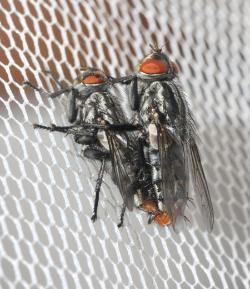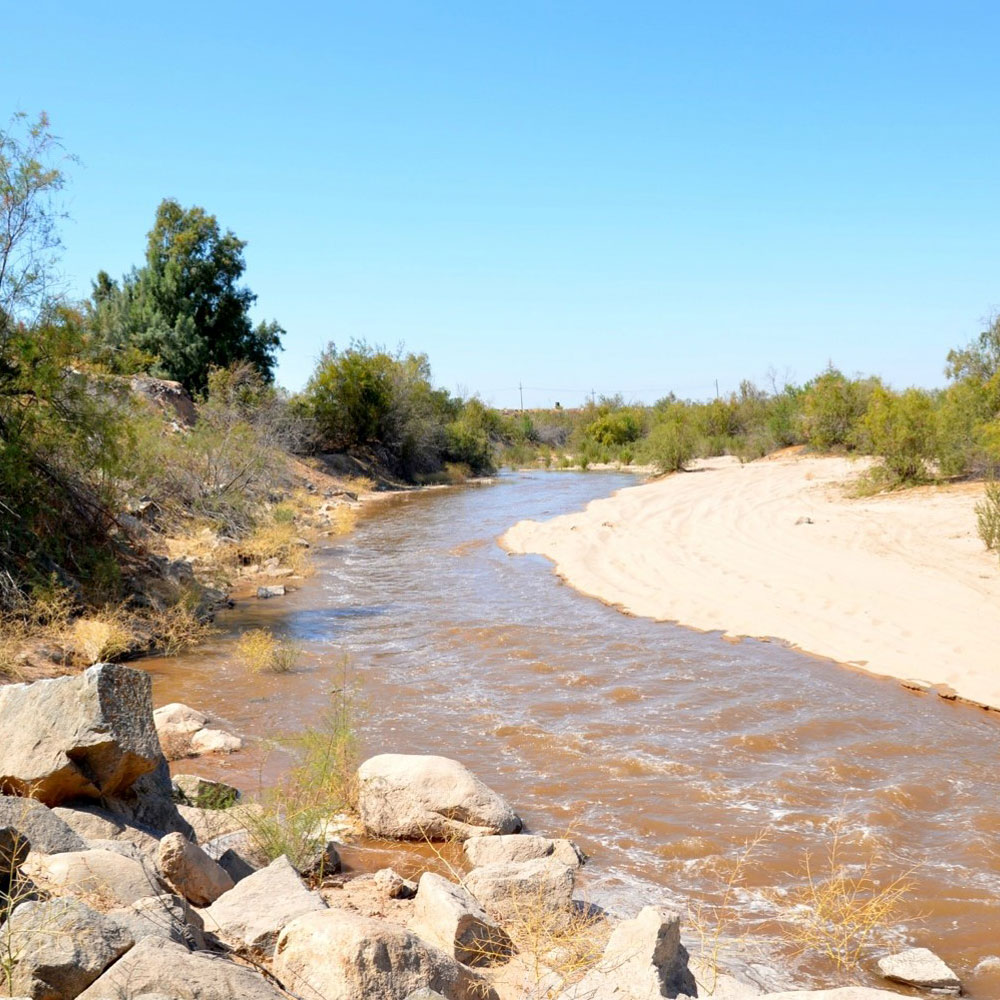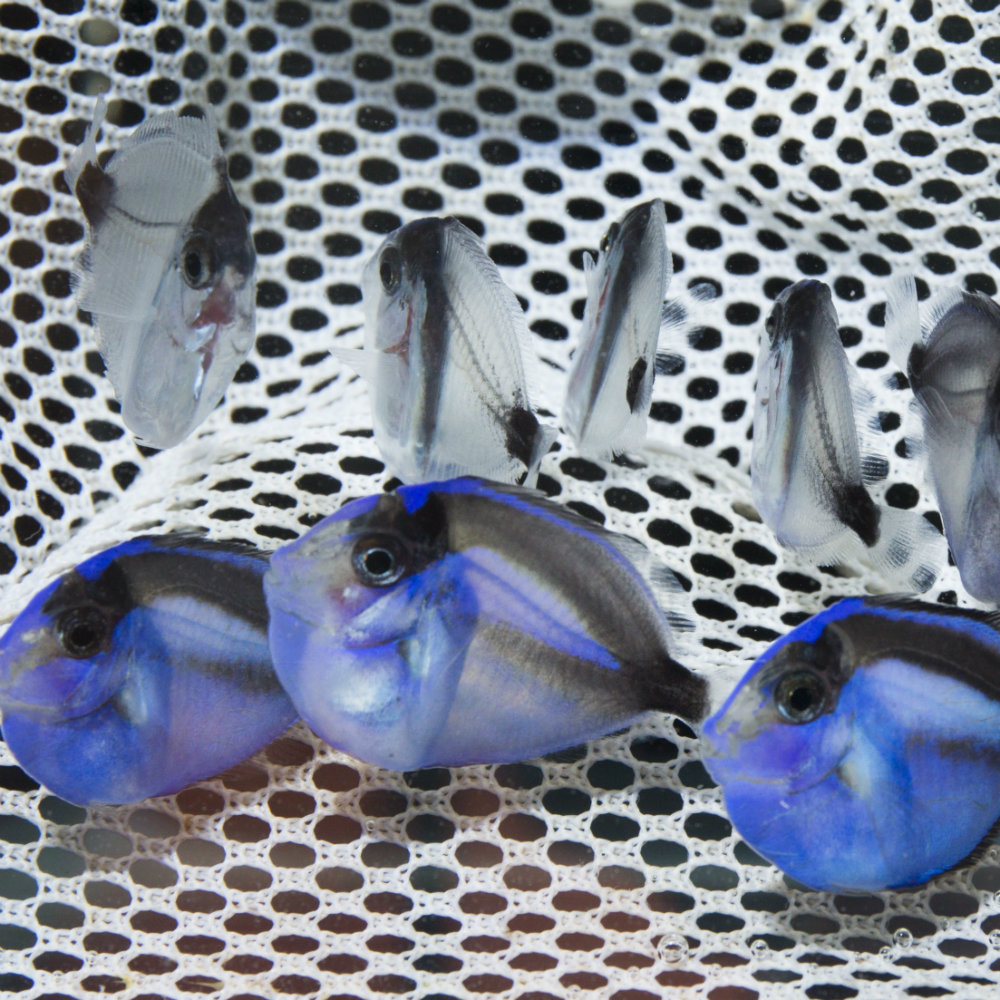The hungrier parents are at mealtimes, a new study shows, the more they may feed their young children, which could have implications for childhood obesity.
In a small pilot study of 29 children ages 3 to 6 and their mothers, University of Florida researchers asked the mothers to rate their hunger as well as their child’s hunger prior to a meal. Among women who were overweight or obese, those who rated their own hunger higher also perceived their child’s hunger as higher, and in turn, served their child larger portions of food. The findings appeared in the June issue of the Journal of Human Nutrition and Dietetics.
“Because young children have difficulty recognizing when they are full, the more food they are presented at mealtime, the more they are likely to eat,” said lead investigator Sarah Stromberg, a clinical psychology doctoral student in the department of clinical and health psychology in the UF College of Public Health and Health Professions, part of UF Health.
The study was designed to determine what factors might impact how much food parents are serving their young children.
“If we can start to identify those factors we might be able intervene to help parents develop more appropriate portion sizes for younger kids, which hopefully can lead to a longer life of healthy eating habits,” said senior author David Janicke, Ph.D., a professor of clinical and health psychology.
Stromberg and Janicke said that because of the small sample size, their study findings are preliminary. Future research should be conducted with a larger group of participants and should track the calories consumed by children throughout the day, not just at one meal, as was done in the UF study. In addition, researchers should observe parents and children in a home environment eating the foods they normally serve, rather than the free, buffet-style meal offered by the researchers.
“I think this study was a good starting point and ultimately if we’re able to see these findings replicated we can intervene with knowledge, awareness and strategies to help parents and kids work together to limit how much kids are being served,” Janicke said.
Previous research has found that parents with depression and anxiety may be more likely to believe that their children are experiencing the same psychological symptoms. Stromberg and Janicke wanted to examine whether that kind of “projecting” of parents’ feelings onto their children might hold true for perceptions of hunger.
For the study, mother-child pairs were asked to participate in a study of their interactions during play time and a lunch or dinner meal. After 10 minutes of a play activity at a UF lab, mothers were asked to complete a questionnaire that collected demographic information and asked the mother to rate her own hunger and her child’s hunger on a seven-point scale, where 1 was not hungry at all and 7 was extremely hungry. Researchers also collected participants’ height and weight.
Next, researchers brought in a selection of food and drinks and asked the mother to serve her child and herself. The options were chosen for their palatability in young children and included baby carrots, apple slices, cheese slices, crackers, cookies, macaroni and cheese, vegetable lasagna, chicken nuggets, water, 1 percent milk and apple juice. All items were weighed by researchers prior to serving. Throughout the meal, trained coders observed participants through a one-way mirror and recorded the amount of food served and consumed.
Researchers found that for mothers who were heavier, higher ratings of their personal hunger were related to rating their child’s hunger as higher. Those mothers also tended to dish out more food to their children than mothers who were in a healthy weight range.
The researchers also discovered that regardless of a mother’s weight or perceptions of hunger, most of the participants served their child portions that were larger than recommended daily allowances. Mothers served 573 calories, on average, to their child, with children consuming an average of 445 calories. The suggested daily intake for children in the 3- to 6-year-old range is 1,000 to 1,400 calories. Ideally, one meal for a child that age would not exceed 400 calories, Stromberg said.
Resources such as choosemyplate.gov can help parents determine how many calories their children should consume, she said.
“Using those recommendations can help parents be objective when serving their kids and not base portion sizes on their own hunger or how much they are serving themselves,” Stromberg said.
Janicke also suggests that parents let their children help guide them in knowing if their child has had enough to eat.
“Parents decide what to serve their kids and when, but kids still should have a reasonable amount of control over how much they eat,” he said. “If kids eat an appropriate serving size and are still hungry they can ask for more.”
Science & Wellness
 Kahlo at 18, photographed by her father.
Kahlo at 18, photographed by her father.
















